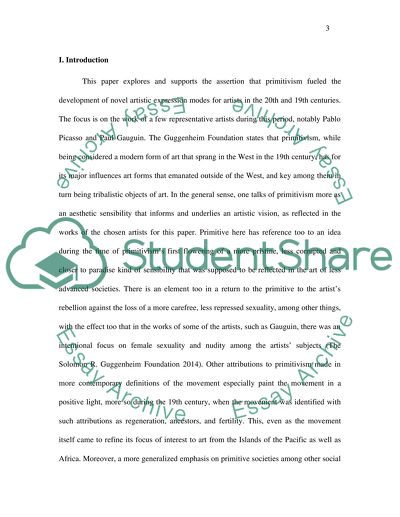Cite this document
(“Primitivism and the development of novel artistic expression Assignment”, n.d.)
Primitivism and the development of novel artistic expression Assignment. Retrieved from https://studentshare.org/visual-arts-film-studies/1659430-primitivism-and-the-development-of-novel-artistic-expression
Primitivism and the development of novel artistic expression Assignment. Retrieved from https://studentshare.org/visual-arts-film-studies/1659430-primitivism-and-the-development-of-novel-artistic-expression
(Primitivism and the Development of Novel Artistic Expression Assignment)
Primitivism and the Development of Novel Artistic Expression Assignment. https://studentshare.org/visual-arts-film-studies/1659430-primitivism-and-the-development-of-novel-artistic-expression.
Primitivism and the Development of Novel Artistic Expression Assignment. https://studentshare.org/visual-arts-film-studies/1659430-primitivism-and-the-development-of-novel-artistic-expression.
“Primitivism and the Development of Novel Artistic Expression Assignment”, n.d. https://studentshare.org/visual-arts-film-studies/1659430-primitivism-and-the-development-of-novel-artistic-expression.


